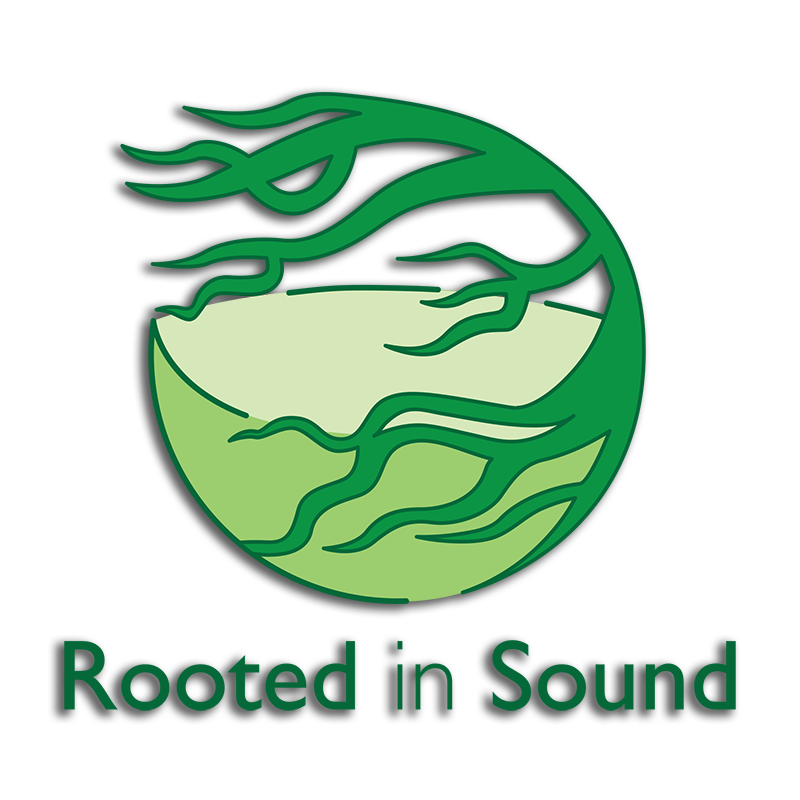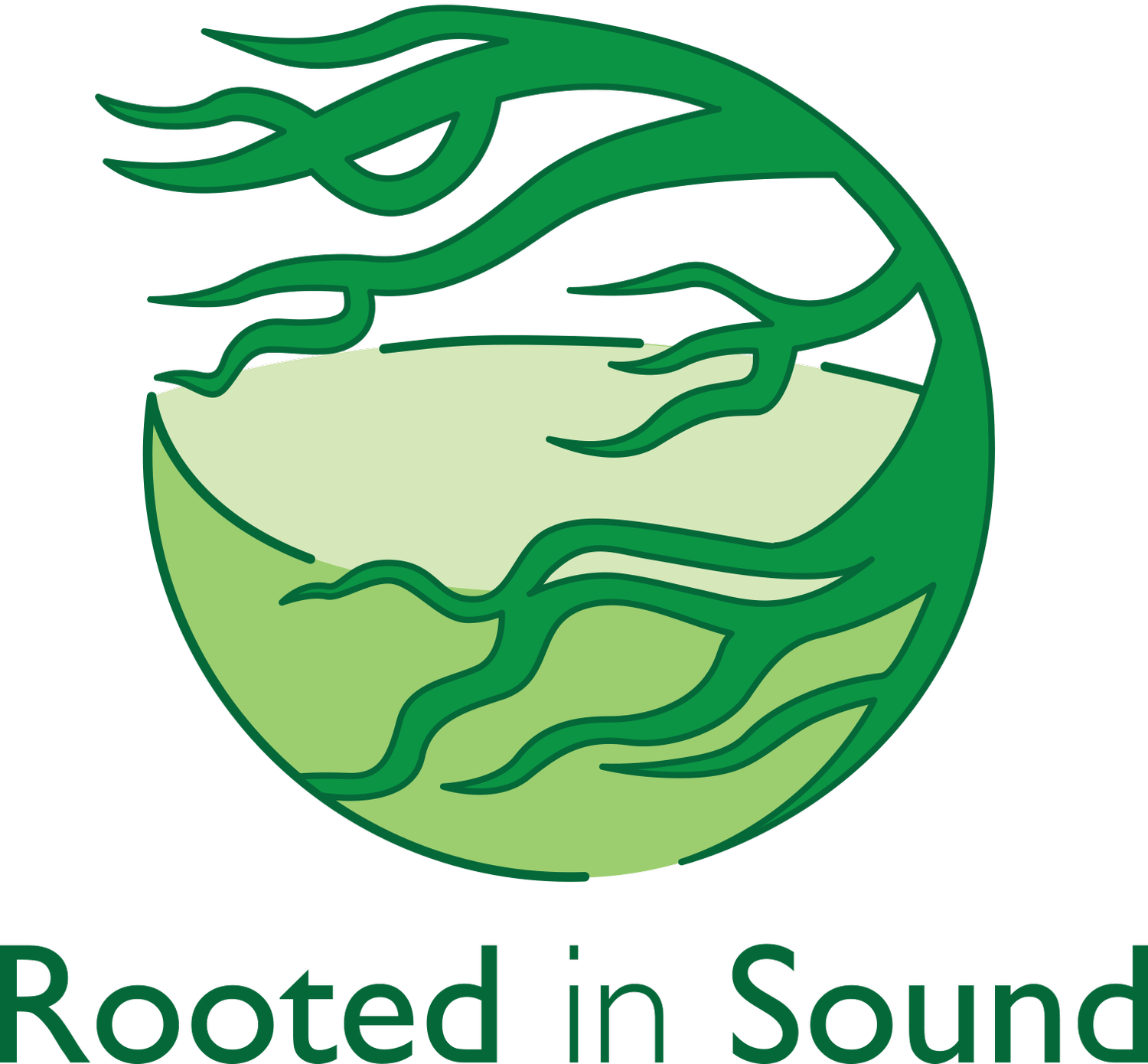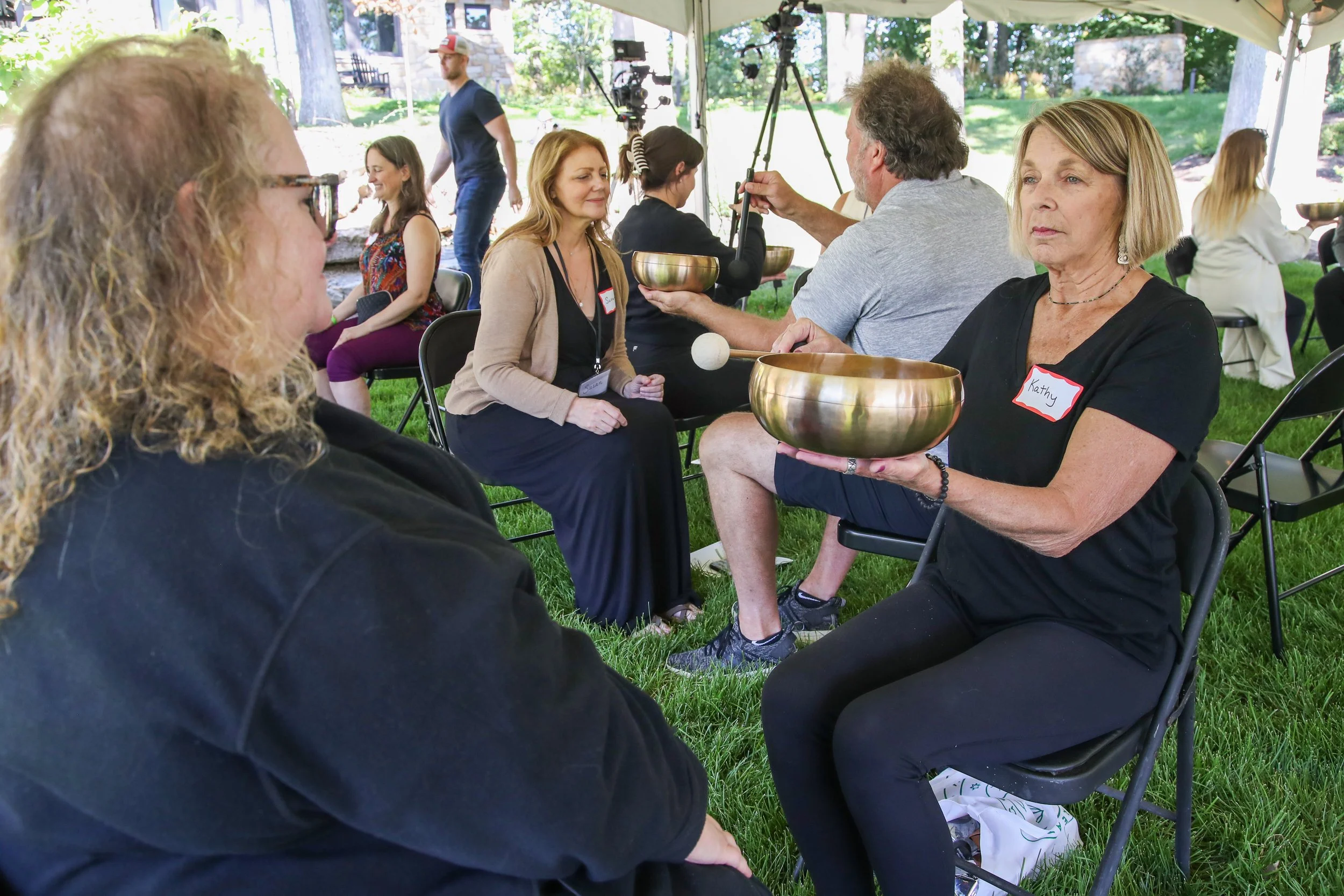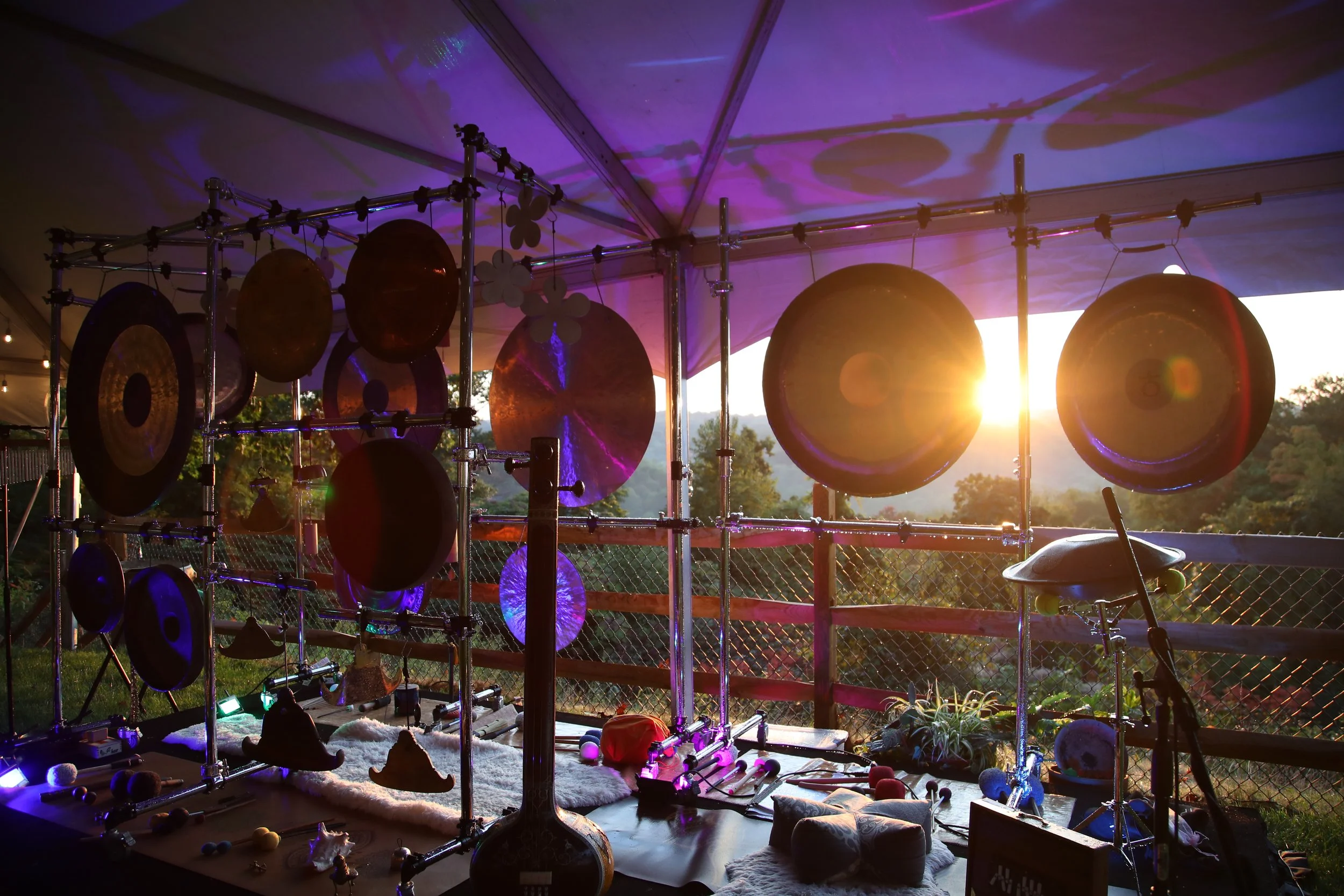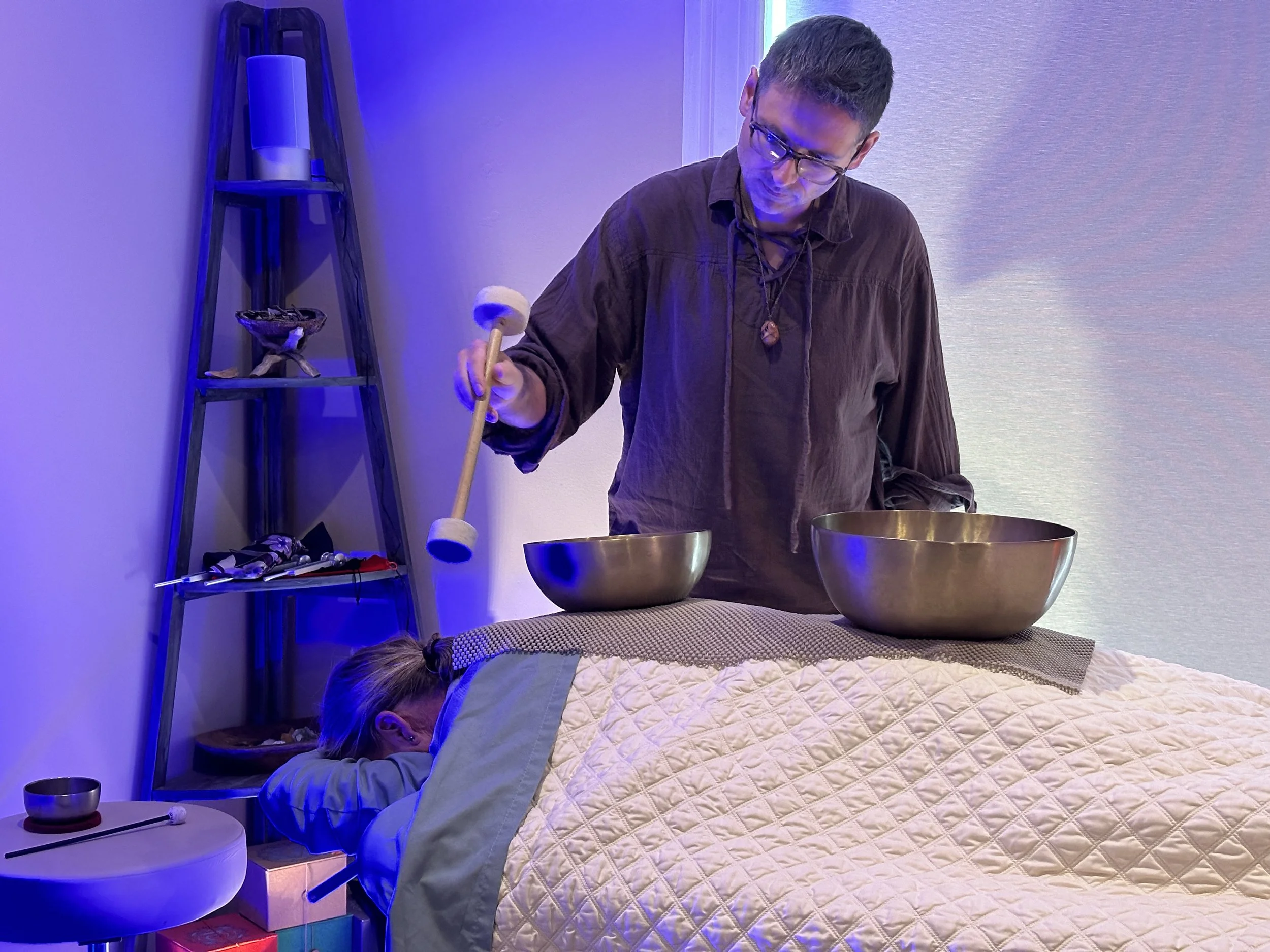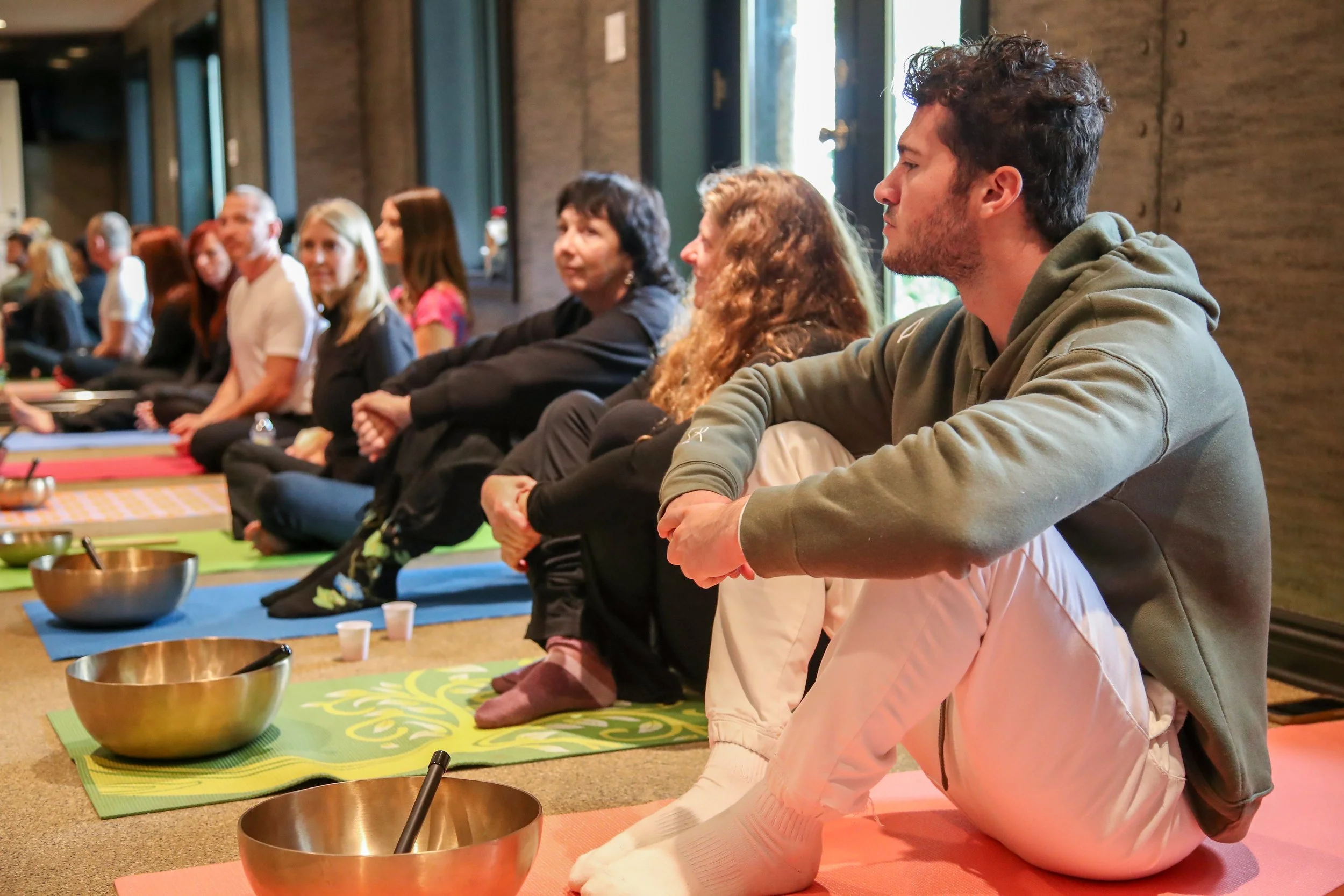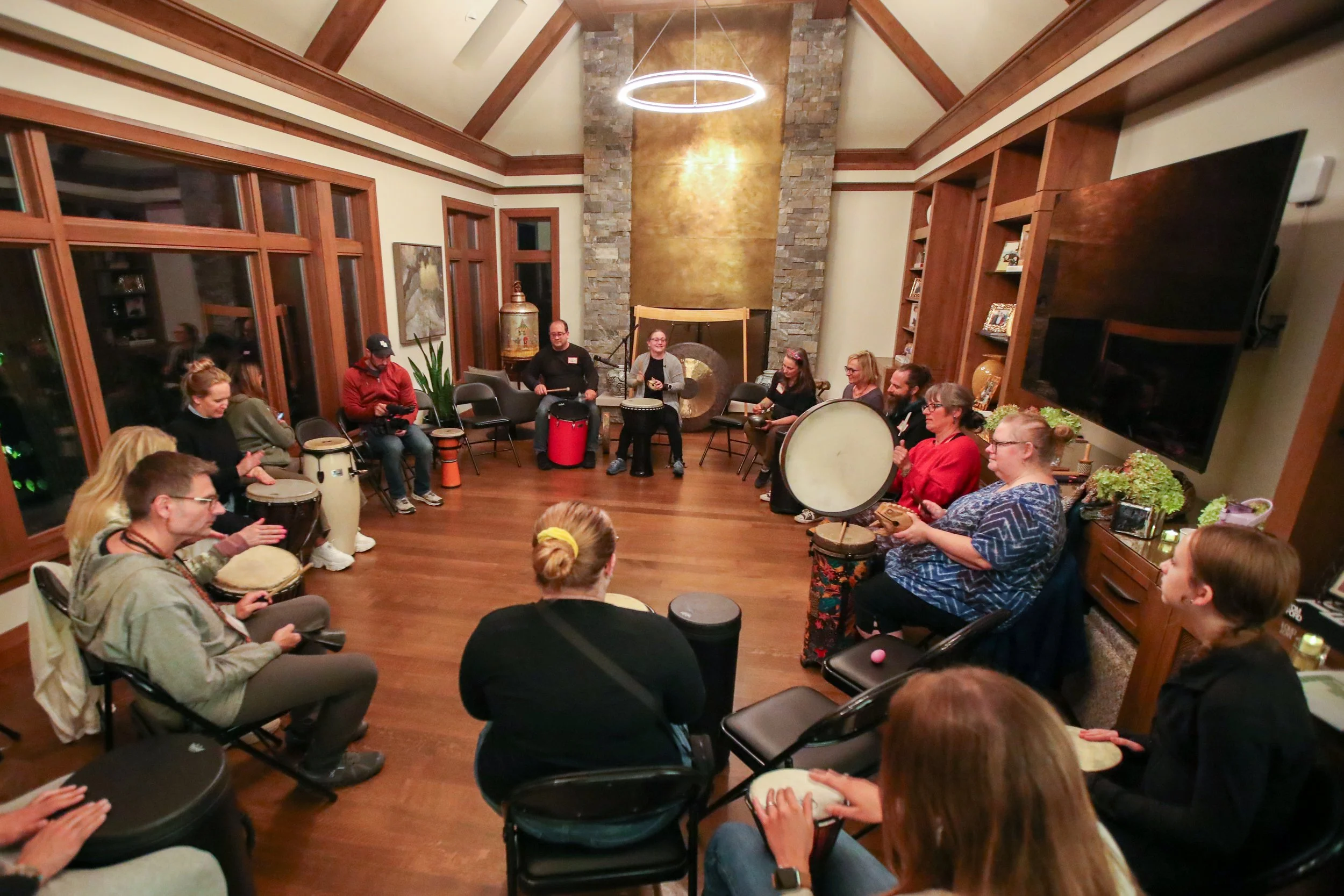Why a Sound Therapy Certificate Online Is Not Enough: The Truth About Training That Transforms
The Rising Demand for Sound Therapy
Sound has always been a language of healing. Long before modern medicine, cultures across the globe used vibration to restore balance, deepen ritual, and create connection. Ancient shamans drummed to guide journeys. Monks chanted mantras to still the mind. Indigenous healers used flutes and rattles to harmonize body and spirit. Sound was never just entertainment—it was medicine.
Today, modern science confirms what these traditions knew all along. Research shows sound therapy can reduce stress, lower blood pressure, ease pain, improve sleep, and activate the body’s relaxation response. Vibroacoustic therapy is now used in hospitals to support patients recovering from chronic pain and trauma.
Across yoga studios, wellness centers, spas, corporate retreats, and even medical settings, sound therapy is becoming one of the most in-demand practices. Practitioners are needed to lead sound baths, guide meditations, integrate vibrational tools into therapy, and support communities in new ways.
Naturally, this rise in demand has created a surge of training programs. A quick search for sound therapy certificate online yields dozens of results. Some promise certification in a weekend, others through video modules. While convenient, these options cannot teach the full depth of the practice.
Unlike academic knowledge, sound therapy is embodied. You must feel the vibration of a bowl placed on your chest, sense the resonance of a gong as it moves through a room, notice how a client’s breathing shifts during a session. You must learn to adapt in real time, read subtle cues, and use instruments with precision and care.
“True training transforms the practitioner as much as the participants.” – Rooted In Sound Academy
This can’t be mastered through pre-recorded lessons. It requires live interaction, mentorship, and hands-on practice.
That’s not to say online learning has no place. Digital platforms can provide excellent foundations: theory, science, cultural history, and ethics. But a sound therapy certificate online should never mean “online only.” The ideal model is hybrid—combining the flexibility of online study with the irreplaceable richness of in-person training.
In this blog, we’ll explore:
What sound therapy truly entails
The risks and challenges of online-only certifications
Why hybrid programs are the gold standard
What a comprehensive training pathway should include
How misinformation threatens the integrity of the field
How one academy—Rooted In Sound Academy—is leading the way with a curriculum that balances tradition, science, and embodied learning
If you’ve ever considered pursuing sound therapy training, this article will give you the clarity you need to choose wisely.
What Sound Therapy Really Entails
Many people imagine sound therapy as simply striking a bowl or playing a gong while participants relax. But in truth, sound therapy is a vast discipline with depth, nuance, and complexity.
A World of Instruments
A skilled sound therapist works with a palette of instruments, each requiring unique training:
Himalayan Singing Bowls – Hand-hammered bowls with layered overtones. Proper use requires understanding size, thickness, and striking technique.
Crystal Singing Bowls – Pure tones that are powerful but can overwhelm if played too often. Training teaches pacing and blending.
Gongs – Evoke emotional landscapes; mastery of dozens of strokes is required.
Tuning Forks – Precision tools applied on or off the body; require anatomical knowledge.
Drums & Percussion – Frame drums, shamanic drums, rattles, and rain sticks require sensitivity to tradition.
Flutes & Wind Instruments – Connect directly to breath and emotion, respecting cultural heritage.
String Instruments – Monochords and kotamos create rich overtone blankets.
The Human Voice – Voice work includes toning, chanting, mantras, and overtone singing.
Modalities of Sound Therapy
Sound Massage – Bowls placed on the body to stimulate relaxation and resonance
Vibroacoustic Therapy (VAT) – Clinically validated low-frequency sound therapy
Nada Yoga – Yogic practice of sound and mantra
Sound Journeys & Group Sound Baths – Immersive community experiences
Guided Meditations with Sound – Integrating voice, story, and sound
Energy-Based Integration – Blending sound with Reiki, chakra alignment, or elemental systems
Subtle Practitioner Skills
Reading body language and energy shifts
Knowing when to use silence versus sound
Holding ethical boundaries
Applying trauma-informed care
Honoring cultural traditions
These skills cannot be learned online; they develop through live practice, mentorship, and real-world facilitation—just as students at Rooted In Sound Academy experience under skilled instructors who guide them every step of the way.
Challenges of Online-Only Certifications
If sound therapy is so nuanced, what happens when people try to learn it through a quick sound therapy certificate online?
Lack of Feedback
Without feedback, poor habits set in:
Strike bowls incorrectly
Overplay crystal bowls
Use the gong chaotically
Only a teacher watching you live can correct posture, technique, or pacing.
Misinformation & Myths
Online programs often perpetuate myths such as:
“528 Hz heals DNA”
“432 Hz is the frequency of the universe”
“This bowl will open your third eye instantly”
These weaken credibility and spread confusion.
Cultural Missteps
Instruments stripped of context become commodities. Without cultural awareness, practitioners risk misappropriation.
Unsafe Practices
Playing too loudly triggers anxiety
Leaving participants without integration causes overwhelm
Misinterpreting emotional releases can cause harm
False Confidence
Students may leave with a certificate but no real skill, endangering both clients and the field’s reputation.
The Ideal Hybrid Training Model
The solution is balance, not rejection of online learning.
What Online Learning Provides
Theory of sound, vibration, and resonance
Anatomy & physiology
History and cultural studies
Ethics and scope of practice
Business basics
Peer connection
What In-Person Training Provides
Feeling vibration on the body
Real-time feedback
Practice leading sessions
Development of intuitive sensitivity
Supervised trauma-informed care
Why Hybrid Works
Flexibility – study theory online, practice in person
Depth – gain embodied skills
Integrity – graduate with competence
Just as you wouldn’t learn massage solely online, you shouldn’t learn sound therapy that way.
Overview of Training Pathways & Classes
A comprehensive program includes:
Foundations of Sound Healing
Anatomy & Physiology
Five Element Theory
Mystical Gong Training
Tuning Forks
Power of the Voice & Nada Yoga
Group Events & Guided Meditations
Trauma-Informed Practice
Reiki Integration
Folk Flutes & World Traditions
Shruti Box, Harmonium, Monochord, Handpan
Business & Ethics
The Dangers of Misinformation
Myths About Frequencies – Healing comes from resonance, not single numbers
Commercialization of Tradition – Sacred tools sold as décor
Ignoring Science – Real sound therapy integrates research
Unsafe Sessions – Loud, chaotic, ungrounded facilitation
The result is erosion of trust. Clients leave doubtful, and the reputation of sound therapy suffers.
Choosing the Right Path
Sound therapy can calm anxiety, unlock emotion, and create profound transformation. But power demands responsibility.
A sound therapy certificate online without in-person training cannot prepare practitioners for that responsibility.
The best path is hybrid—combining online study with immersive live training. Rooted In Sound Academy provides exactly this.
Students learn theory online
Gather for immersive sessions
Feel vibration, refine technique, and cultivate presence under mentorship
This is more than education—it’s an initiation into a lineage of integrity. Students graduate with real skills, confidence, and credibility.
